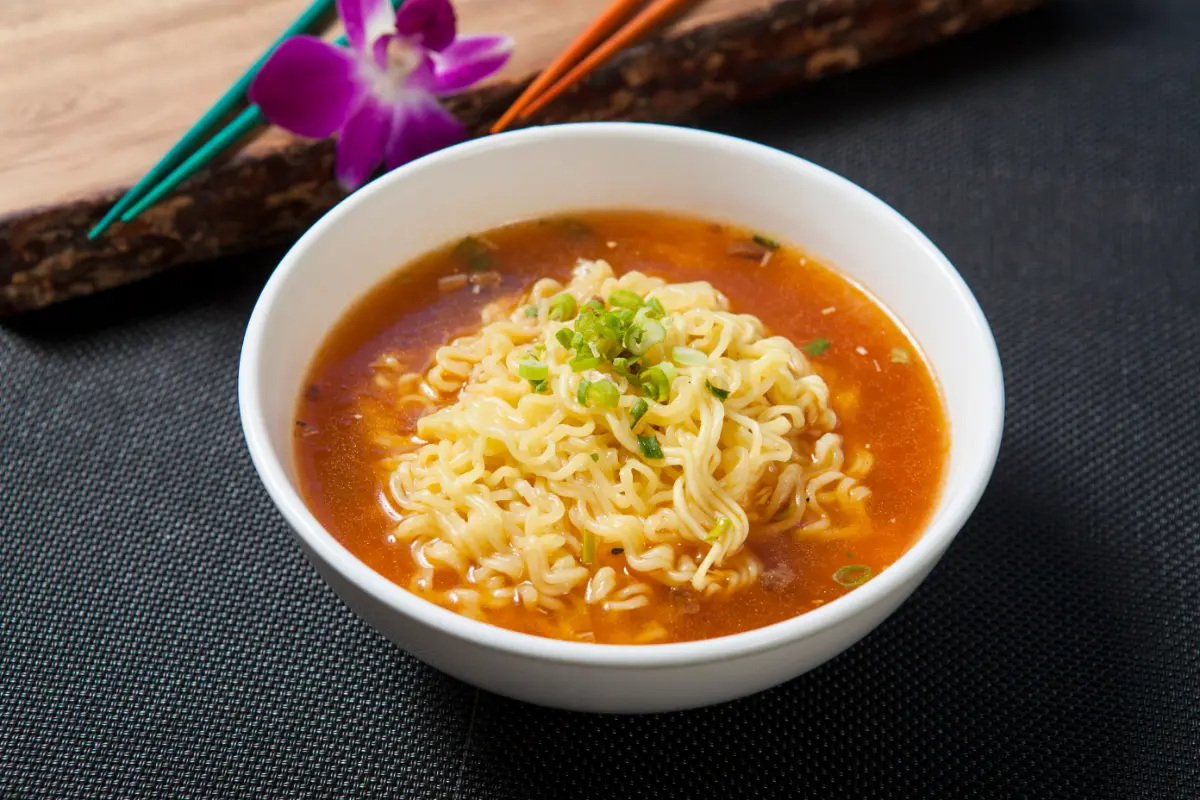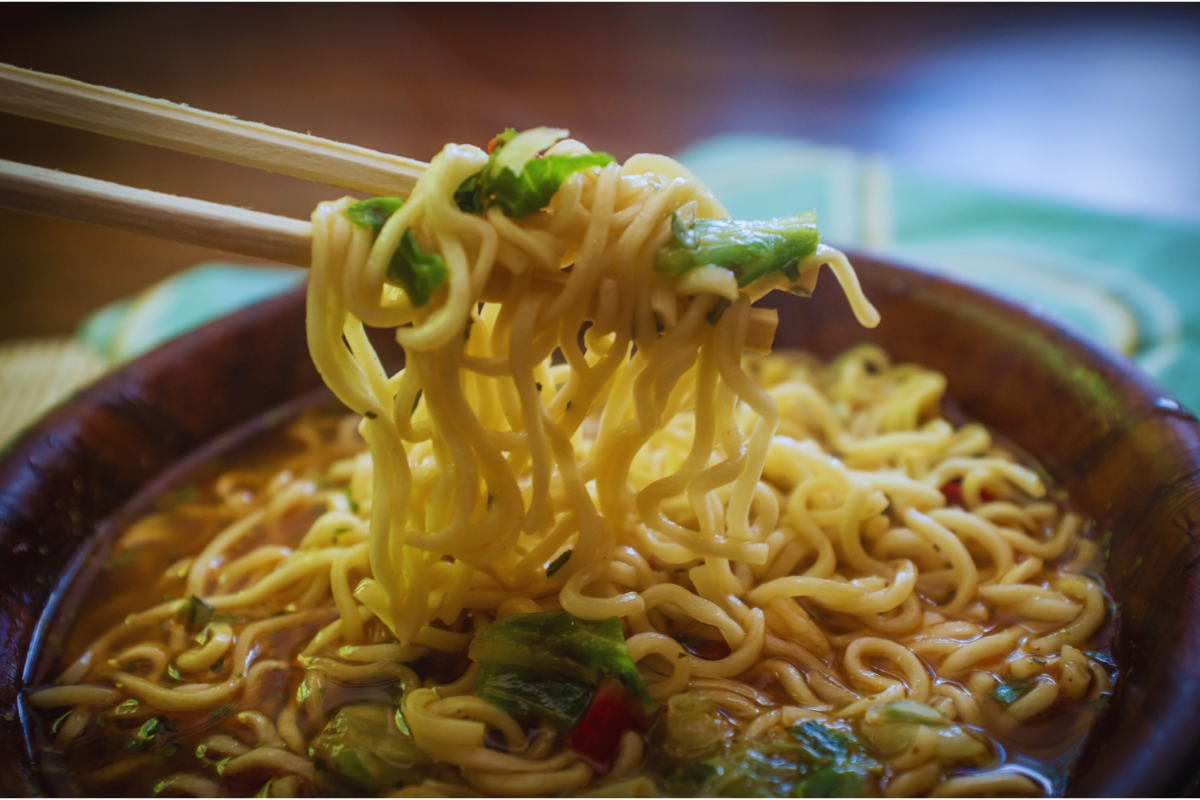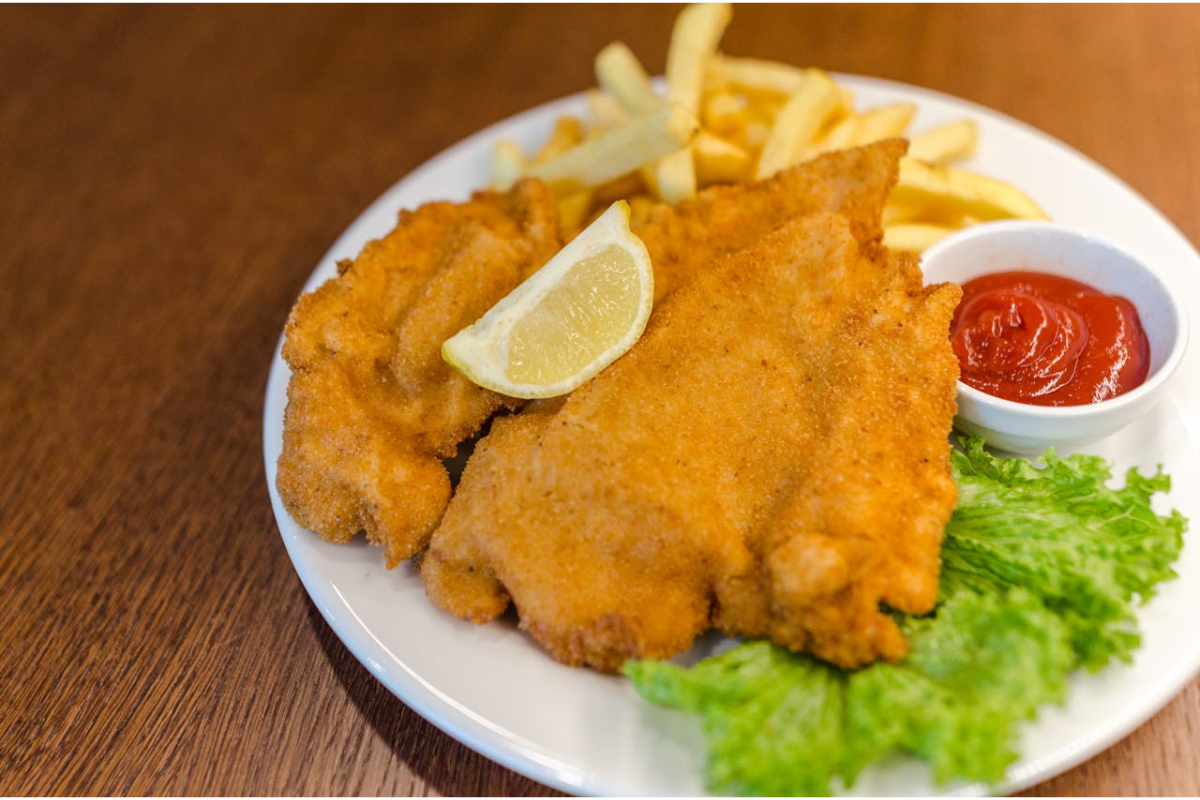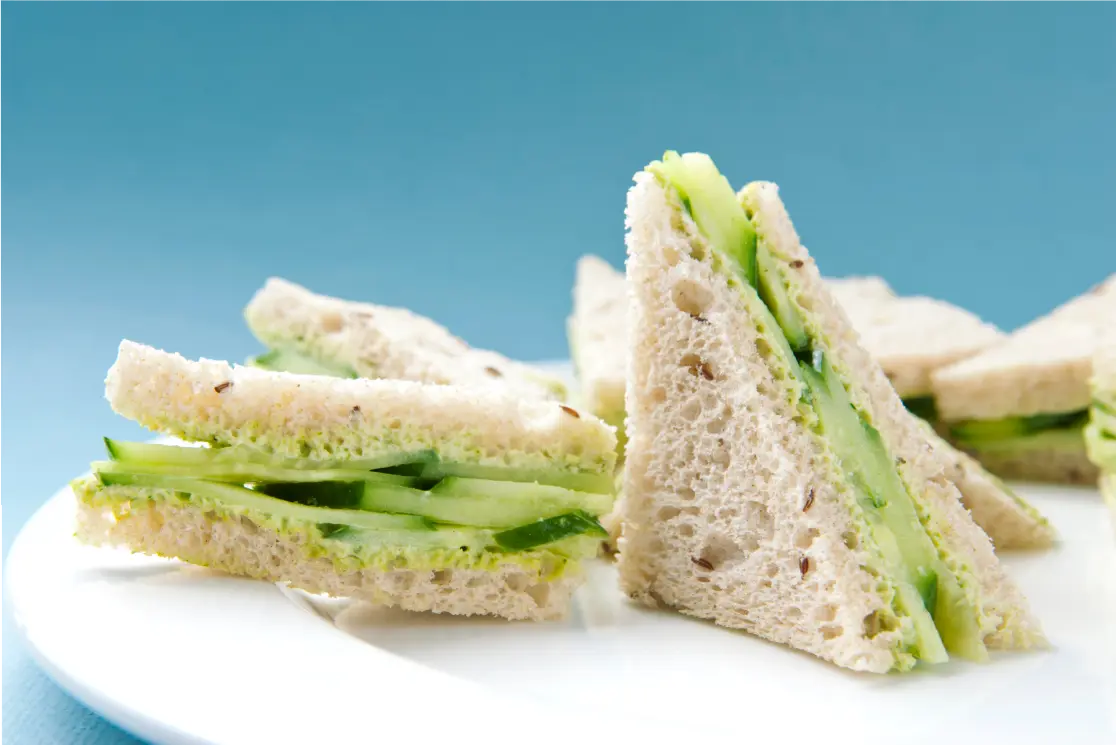Chilean sea bass is a highly sought-after fish, celebrated for its rich, buttery flavor and delicate, flaky texture, which has made it a favorite in fine dining establishments around the globe. Fortunately, it is not necessary to book a reservation at a high-end restaurant to savor this exquisite fish. By employing the appropriate tips and techniques, you can prepare restaurant-quality Chilean sea bass in the comfort of your own home. This guide will provide you with comprehensive information, from choosing the finest fish to mastering various cooking methods such as pan-searing, baking, and grilling. Whether you are an experienced home chef or a novice, you will discover valuable insights that will enable you to create a dish that is sure to impress.
What Makes Chilean Sea Bass So Special?
Chilean sea bass, commonly referred to as Patagonian toothfish, is renowned for its unique flavor profile and texture. Unlike many other types of fish, it has a high-fat content, which gives it a rich, melt-in-your-mouth quality. This fish’s unique attributes make it a favorite among chefs and food enthusiasts alike.
Flavor Profile and Texture of Chilean Sea Bass
Chilean sea bass presents a refined harmony of buttery richness and gentle sweetness. Its flesh is both firm and flaky, enabling it to withstand a variety of cooking methods without disintegrating. This characteristic renders it particularly suitable for high-heat techniques such as pan-searing or grilling, which can amplify its inherent flavors while producing a crisp, golden-brown crust.
Nutritional Benefits of Chilean Sea Bass
In addition to its exquisite taste, Chilean sea bass is rich in nutrients. It serves as an excellent source of protein and omega-3 fatty acids, both of which are vital for cardiovascular health. Furthermore, it offers a substantial amount of vitamins D and B12, which contribute to overall health. For individuals seeking to uphold a nutritious diet without compromising on flavor, Chilean sea bass is an exemplary option.
Sustainability and Sourcing
Sustainability is a crucial factor to consider when purchasing Chilean sea bass. It’s crucial to choose fish that has received certification from organizations like the Marine Stewardship Council (MSC) due to concerns about overfishing. By doing so, you’re not only enjoying a delicious meal but also supporting efforts to protect marine ecosystems and ensure that future generations can continue to enjoy this culinary delight.
How to Select the Best Chilean Sea Bass
Selecting high-quality Chilean sea bass is the first step to creating a restaurant-worthy dish. Whether you’re shopping at a local fish market or a supermarket, knowing what to look for will ensure you bring home the best possible product.
Fresh vs. Frozen: What to Choose
When it comes to Chilean sea bass, both fresh and frozen options can yield excellent results if you know what to look for. Fresh Chilean sea bass should have a mild, clean scent—any fishy or sour odors are a red flag. The flesh should be firm to the touch, with a slight springiness, and it should appear moist and translucent. The skin, if still attached, should be shiny and free of any signs of drying out.
Frozen sea bass is a convenient alternative, especially if you don’t have access to fresh fish. When choosing frozen, ensure the fish is vacuum-sealed and free from ice crystals, which can indicate freezer burn. Thaw the fish slowly in the refrigerator overnight for the best texture and flavor.
Essential Tips for Prepping Your Fish
Proper preparation of Chilean sea bass is key to achieving the best results, no matter which cooking method you choose. First, use cold water to rinse the fish, and then use paper towels to pat it dry for a few minutes. Removing excess moisture ensures that the fish will sear or bake properly without steaming. If the fish has skin, you can choose to leave it on or remove it depending on your recipe. The skin can add a delightful crispiness when seared properly, but some prefer the fish without it.
To prepare the fish, season both sides generously with salt and pepper. If you’re using additional seasonings or a marinade, let the fish sit for 10-15 minutes to allow the flavors to penetrate. This will help enhance the natural taste of the sea bass and ensure a more flavorful dish.
Best Cooking Methods for Restaurant-Style Chilean Sea Bass
Cooking Chilean sea bass to perfection requires a good understanding of the different methods available. Whether you prefer pan-searing, baking, or grilling, each method brings out different aspects of this fish’s delicate flavor and texture
Pan-Seared Chilean Sea Bass
Pan-searing is one of the most popular methods for cooking Chilean sea bass, as it produces a beautifully crisp exterior while keeping the inside tender and juicy. Start by heating a heavy skillet, preferably cast iron, over medium-high heat. Add a couple of tablespoons of olive oil or butter, allowing it to get hot but not smoking. Place the seasoned sea bass fillets in the skillet, skin-side down if the skin is on, and press down gently to ensure even contact with the pan.
Cook the fish undisturbed for about 4-5 minutes until the skin is crispy and golden brown. Carefully flip the fillets and lower the heat to medium. Continue cooking for another 3-4 minutes, depending on the thickness of the fillets, until the fish is opaque and flakes easily with a fork. For extra flavor, you can add a knob of butter to the pan along with some fresh herbs like thyme or rosemary, basting the fish as it finishes cooking.
Oven-Baked Chilean Sea Bass
Baking serves as an effective and straightforward technique for preparing Chilean sea bass, especially when dealing with larger portions or when a more hands-off cooking method is desired. Begin by preheating your oven to 400°F (200°C) and lightly coating a baking dish with olive oil or butter. Season the sea bass fillets with salt, pepper, and your preferred selection of herbs or spices. To enhance moisture and flavor, consider drizzling the fillets with lemon juice or white wine.
Place the fillets in the prepared dish and cover them loosely with aluminum foil to prevent them from drying out. Bake in the preheated oven for about 12-15 minutes, depending on the thickness of the fillets. Once the fish has turned opaque and can be readily flaked with a fork, it is ready to be served.. For a beautifully golden appearance, remove any covering during the final 2-3 minutes of baking and switch the oven to the broil setting.
Grilling Chilean Sea Bass
Grilling Chilean sea bass imparts a delicious smoky flavor that complements its rich, buttery texture. To prevent the fish from sticking to the grill, lightly oil the grates and preheat the grill to medium-high heat. Season the sea bass fillets with salt, pepper, and a bit of olive oil, then place them on the grill.
Grill the fillets for about 4-5 minutes on each side, depending on their thickness. If the fillets have skin, start with the skin side down to achieve a crispy finish. To prevent the fish from being broken, flipping it should be done with care. For added flavor, brush the fillets with a marinade or melted butter during the last few minutes of grilling. The fish is considered properly cooked when it can be easily flaked with a fork and attains an internal temperature of 145°F (63°C).

Ideal Cooking Temperatures for Pan-Searing and Baking
Cooking Chilean sea bass at the right temperature is essential to achieve that perfect texture and flavor. Too high, and you risk drying out the fish; too low, and it may not cook evenly.
Pan-Searing Temperature
When pan-searing Chilean sea bass, the key is to start with a hot pan. Preheat your skillet over medium-high heat until it’s very hot, then add your cooking oil or butter. The ideal surface temperature for searing is around 400°F (204°C). This high temperature allows the exterior of the sea bass to develop a crisp, golden-brown crust while keeping the inside moist and tender.
To maintain control, reduce the heat to medium after the initial sear. This method guarantees that the fish is thoroughly cooked while preventing it from burning. Depending on the thickness of your fillets, the internal temperature of the fish should reach 145°F (63°C) for optimal doneness. If you prefer to check the temperature, use a digital thermometer inserted into the thickest part of the fillet.
Baking Temperature
For baking Chilean sea bass, a moderate oven temperature of 400°F (200°C) works best. This ensures that the fish cooks evenly without being overcooked or dry.
Baking at this temperature typically takes 12-15 minutes, depending on the thickness of your fillets. To check for doneness, use a fork to see if the fish flakes easily; this is a good indicator that it’s ready.
If you want to ensure precision, the internal temperature of the fish should reach 145°F (63°C) before you remove it from the oven. Letting the fish rest for a minute or two after baking helps redistribute the juices, making the final result even more flavorful.
Best Seasonings and Marinades for Chilean Sea Bass
While Chilean sea bass is delicious on its own, using the right seasonings and marinades can elevate its flavor to new heights. Whether you prefer a simple, classic preparation or something bolder, there are plenty of ways to bring out the best in this prized fish.
Simple Herb and Butter Seasoning
One of the most effective ways to season Chilean sea bass is with a blend of fresh herbs and butter. This combination enhances the fish’s natural richness without overpowering it. Start by seasoning your fillets with salt and freshly ground black pepper. Then, melt a few tablespoons of butter in a small saucepan and stir in chopped fresh herbs like parsley, thyme, or dill.
Brush the seasoned fish with the herb butter mixture before cooking, or use it to baste the fish during the last few minutes of cooking. This method works beautifully whether you’re pan-searing, baking, or grilling, adding a layer of aromatic flavor and a glossy finish to the fish.
Bold Marinades for a Flavor Boost
For those who enjoy more intense flavors, a bold marinade can transform your Chilean sea bass into a culinary masterpiece. A simple yet effective marinade can be made with olive oil, minced garlic, lemon juice, soy sauce, and a touch of honey or brown sugar. The acidity of the lemon juice helps to tenderize the fish, while the sweetness balances the umami of the soy sauce.
Allow the fish to marinate for at least 30 minutes in the refrigerator before cooking. This will infuse the sea bass with deep flavors while keeping it moist and tender. Be careful not to over-marinate, as the acids in the marinade can start to break down the delicate texture of the fish if left too long.
How to Plate Chilean Sea Bass Like a Pro
Plating your Chilean sea bass with care can make all the difference in how your dish is perceived. Start by selecting a large, clean white plate to let the vibrant colors of your dish stand out. Position the sea bass fillet slightly off-center on the plate to create a more dynamic presentation.
Garnish the fish with a sprinkle of fresh herbs or a slice of lemon to add a pop of color and freshness. If you’ve prepared a sauce, consider drizzling it around the fish in a circular pattern or placing it in a small pool beneath the fillet for a refined look. Remember, less is often more—avoid overcrowding the plate to maintain a clean, elegant appearance.
Perfect Side Dishes to Serve with Chilean Sea Bass
The right side dishes can complement the richness of Chilean sea bass and complete your meal. Light, vegetable-based sides work well to balance the buttery flavor of the fish. Consider serving the sea bass with roasted asparagus, sautéed spinach, or a fresh green salad with a citrus vinaigrette. These alternatives provide a nice and refreshing contrast to the richness of the fish.
For a more substantial meal, pair the sea bass with a creamy risotto or a light, herbed couscous. The creamy texture of the risotto or the fluffy grains of couscous will complement the tender fish without overwhelming it. If you enjoy wine with your meal, a crisp white wine such as Sauvignon Blanc or a lightly oaked Chardonnay pairs beautifully with the delicate flavor of Chilean sea bass.
Frequently Asked Questions
What Temperature Do You Cook Chilean Sea Bass At?
Chilean sea bass should be cooked at a high temperature to achieve a crispy exterior while keeping the inside tender. For pan-searing, heat your skillet to around 400°F (204°C) and cook the fish until it reaches an internal temperature of 145°F (63°C). For baking, preheat your oven to 400°F (200°C) and bake the fish for 12-15 minutes, or until it also reaches 145°F (63°C) internally. These temperatures ensure that the fish is cooked through but still moist and flavorful.
What’s the Best Way to Cook Sea Bass?
The best way to cook Chilean sea bass largely depends on your personal preference. Pan-searing is a favorite method for achieving a crispy, golden-brown exterior with a juicy interior. Baking is another excellent option, offering a hands-off approach that ensures even cooking. Grilling can add a delicious smoky flavor to the fish. Each method brings out different qualities in the sea bass, so you might want to experiment with all three to find your favorite.
Is It Better to Bake or Fry Sea Bass?
Whether to bake or fry Chilean sea bass depends on the texture and flavor you’re aiming for. Baking is ideal if you want a tender, evenly cooked fish with minimal effort. Due to the fact that it uses less oil, it is also a healthy alternative. Frying or pan-searing, on the other hand, gives the fish a crispy, flavorful crust that many people love. Both methods are excellent, so it comes down to whether you prefer a crispier finish or a lighter, more delicate texture.
What Temperature Should Sea Bass Be Cooked to Celsius?
Chilean sea bass should be cooked to an internal temperature of 63°C, which is equivalent to 145°F. This temperature ensures the fish is cooked through but still moist and tender. When pan-searing, maintain a skillet temperature of around 204°C, and for baking, set your oven to 200°C. Always use a digital thermometer to check the internal temperature of the fish at its thickest point to ensure accuracy.
Final Thoughts on Cooking Restaurant-Style Chilean Sea Bass
Chilean sea bass is a versatile and luxurious fish that can transform a simple meal into a gourmet experience. Whether you prefer the crispness of pan-searing, the simplicity of baking, or the smoky flavor of grilling, the key to success lies in understanding the fish’s unique qualities and using the right techniques. With the tips and recipes shared in this guide, you’re well on your way to mastering the art of cooking restaurant-style Chilean sea bass at home.
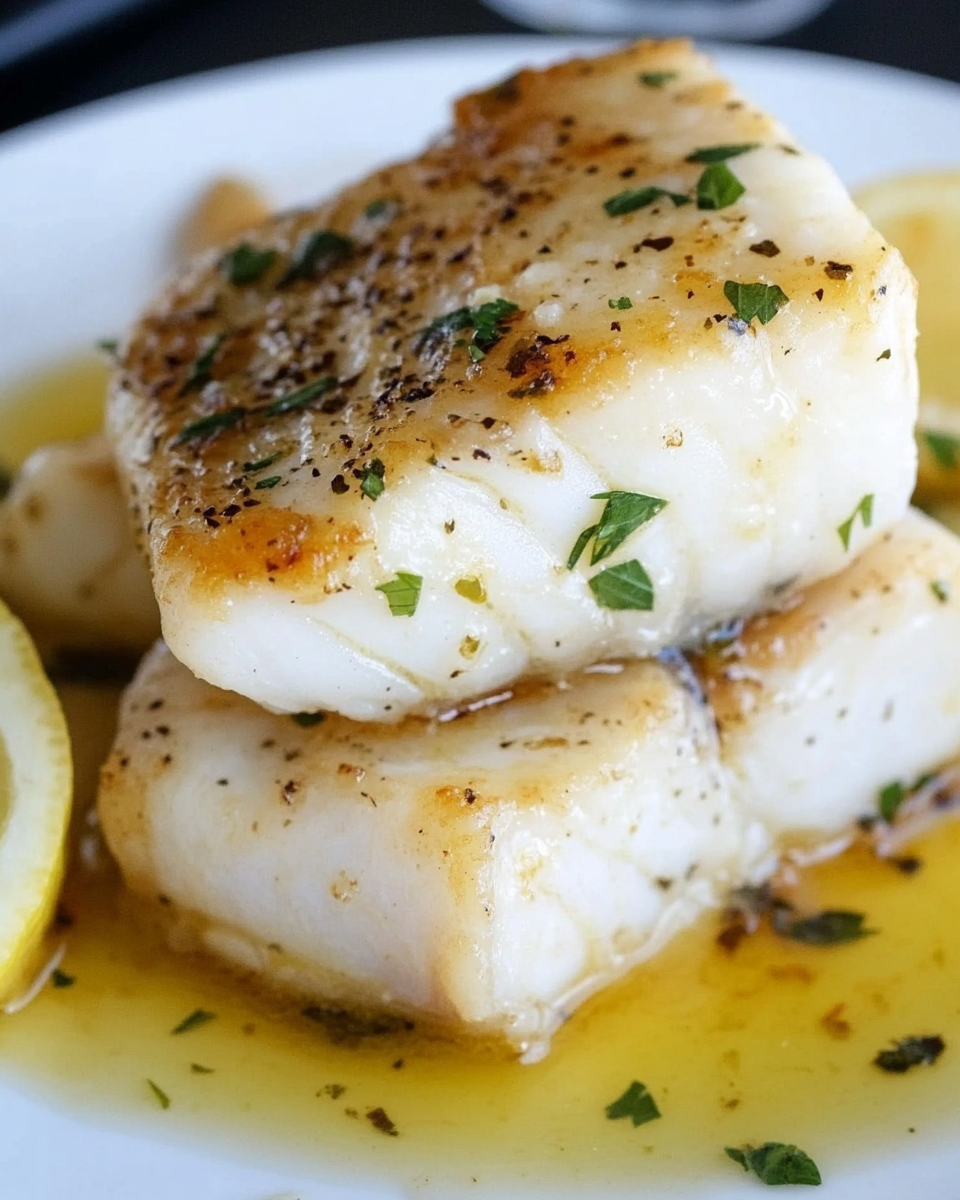
Chilean Sea Bass
Ingredients
For the Sea Bass
- 2 pieces Chilean sea bass fillets Choose high-quality, fresh or frozen.
- 2 tablespoons Olive oil or butter For cooking.
- 1 teaspoon Salt To season.
- 1 teaspoon Black pepper To season.
- 1 lemon Lemon juice Optional, for seasoning.
For the Marinade (optional)
- 2 tablespoons Olive oil Base for the marinade.
- 2 cloves Garlic Minced.
- 1 tablespoon Soy sauce For umami flavor.
- 1 tablespoon Honey or brown sugar For sweetness.
For Serving
- 1 cup Fresh herbs (e.g., parsley, thyme) For garnish.
- 1 side Vegetable-based side Consider asparagus or spinach.
Instructions
Preparation
- Rinse the Chilean sea bass fillets under cold water and pat them dry with paper towels.
- Season both sides of the fish generously with salt and pepper.
- If using a marinade, mix the ingredients and let the fish sit for 30 minutes.
Cooking
- For pan-searing: Heat olive oil or butter in a skillet over medium-high heat.
- Place the fillets skin-side down (if applicable) and cook for 4-5 minutes until golden and crispy.
- Flip the fillets and reduce the heat, cooking for an additional 3-4 minutes until opaque.
- For baking: Preheat oven to 400°F (200°C), coat a baking dish with oil, and bake for 12-15 minutes.
- For grilling: Preheat the grill, lightly oil the grates, and grill fillets for 4-5 minutes on each side.
Finishing Touches
- Garnish with fresh herbs or lemon slices before serving.
- Serve alongside vegetable-based sides or grains.


